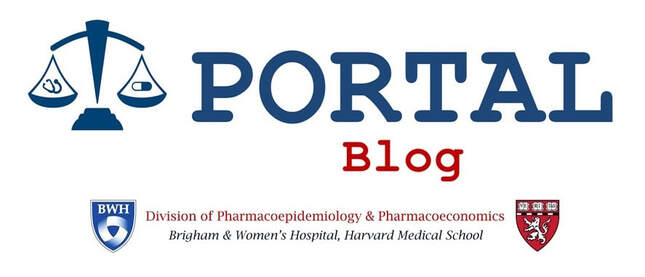|
By Beatrice Brown Instituted by the US Food and Drug Administration (FDA), Risk Evaluation and Mitigation Strategy (REMS) programs place additional restrictions on drugs deemed to pose heightened safety concerns. One such drug regulated by a REMS program is mifepristone, which is used together with misoprostol to induce a medication abortion during the first 10 weeks of pregnancy. During the COVID-19 pandemic, the FDA suspended in-person requirements for many drugs subject to REMS programs. However, they did not suspend these requirements for mifepristone, leading the American College of Obstetricians and Gynecologists to challenge the validity of the REMS program on the grounds that it impeded access to abortion and put women at unnecessary risk for contracting COVID-19. Although a federal district court suspended these in-person requirements for the duration of the public health emergency, the ruling has proved controversial. A new article in Annals of Internal Medicine by researchers from PORTAL and the Milken Institute School of Public Health at George Washington University aims to shed light on the comparative safety of mifepristone and the need to ensure access to mifepristone in today’s political climate surrounding abortion rights. Building on previous arguments highlighting the low absolute risks of mifepristone, we looked at the safety profile of both medication abortions and surgical abortions. Although numerous studies demonstrate that the two methods have comparable safety profiles during the first 10 weeks of pregnancy, the risks of surgical abortion increase with gestational age, suggesting that additional restrictions on mifepristone may increase rather than decrease the risk posed to women as a result of seeking a later surgical abortion. We also contextualize the importance of access to mifepristone within the political climate surrounding abortion rights. With Justice Ginsburg’s recent passing, states passing an increasing number of laws that contradict the Supreme Court’s precedent on the constitutional right to abortion, and the weakening of the ACA’s contraceptive mandate, which may cause hundreds of thousands of women to lose free access to contraceptives, unburdened access to mifepristone is more important than ever. Further, given language by multiple states calling abortions “nonessential” during the pandemic, messaging is particularly important. Keeping the REMS requirements for mifepristone intact may suggest to women that the drug is “unsafe.” It is important that the REMS demonstrates a factual and not value-laden evaluation of safety. To best protect women’s reproductive rights, we argue that the FDA should release the REMS on mifepristone. Twenty years of data and experience suggest that it is safe to do so.  Beatrice Brown, BA, MBE is a Research Assistant at PORTAL |
AuthorPORTAL Blog posts are authored by PORTAL faculty, trainees, and collaborators. Archives
January 2022
Categories |
|
Program On Regulation, Therapeutics And Law (PORTAL)
Division of Pharmacoepidemiology and Pharmacoeconomics 1620 Tremont Street, Suite 3030 Boston, MA 02120 |


 RSS Feed
RSS Feed
